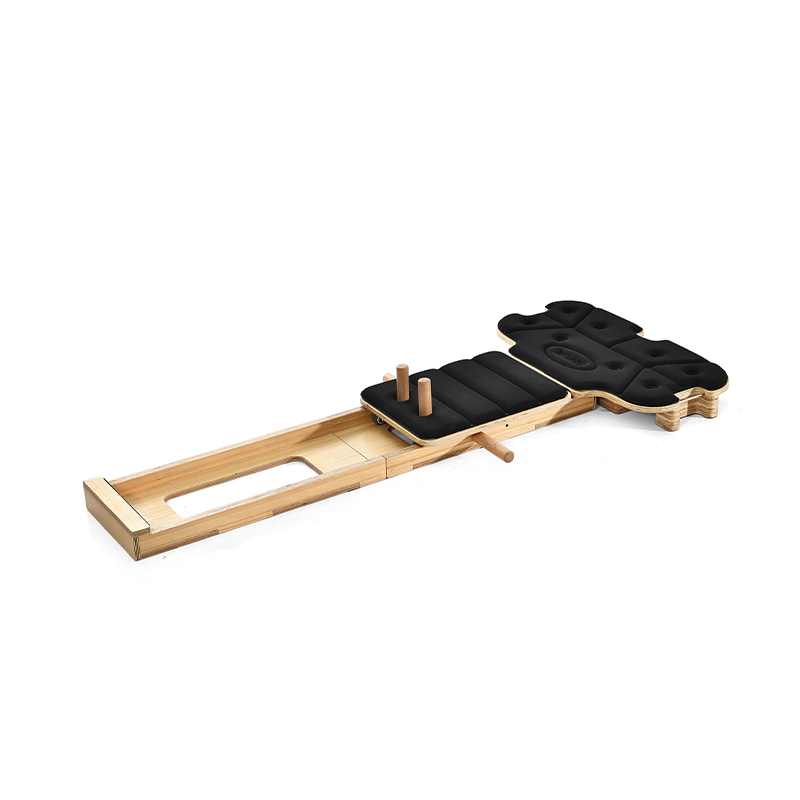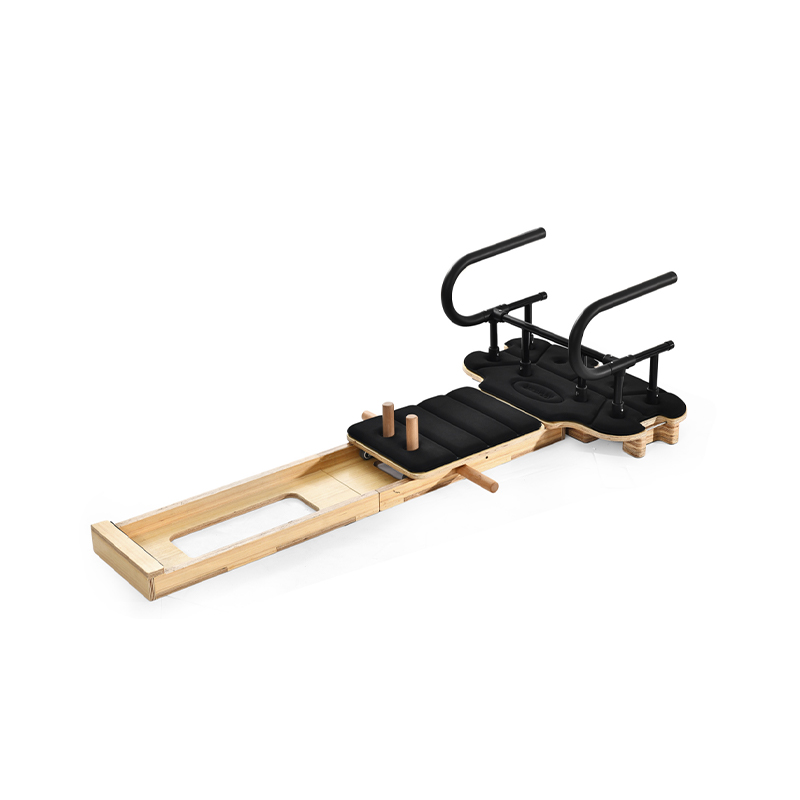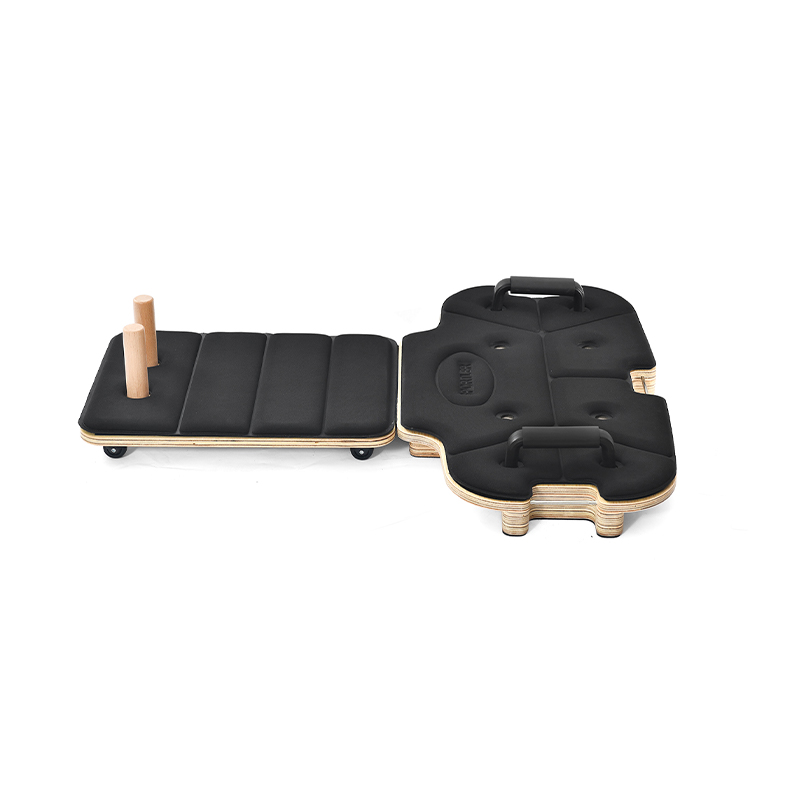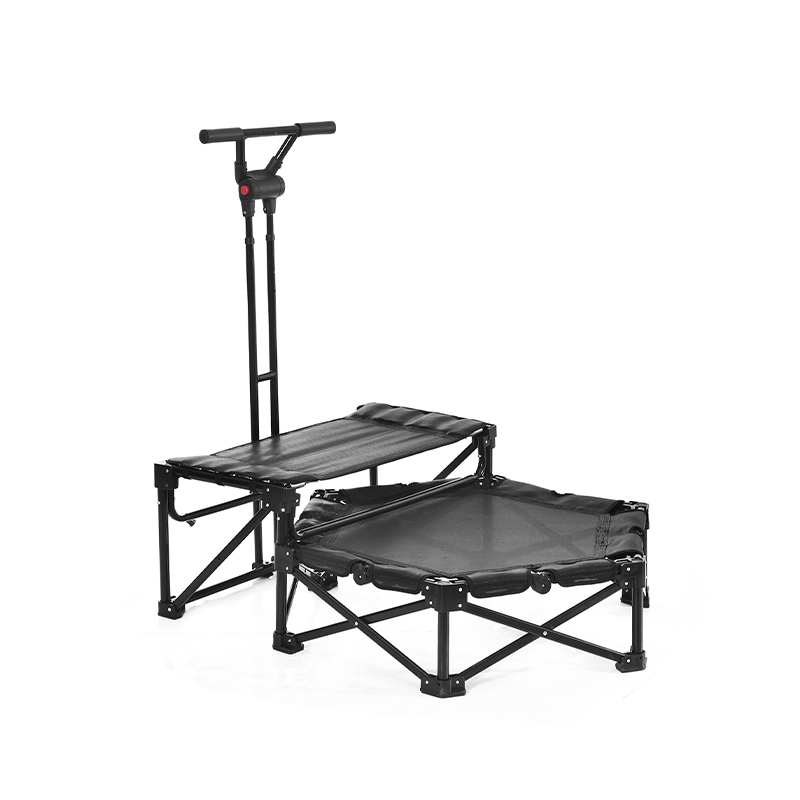Multifunctional electronic fitness equipment brings together physical exercise and smart technology to create a more engaging and adaptive workout experience. Designed for home use or fitness studios, this category of equipment includes various machines and tools that combine multiple exercise functions with electronic features such as tracking systems, adjustable settings, and interactive feedback.
These machines often combine cardiovascular and strength training capabilities in one compact form. Examples include electronic elliptical trainers with resistance bands, treadmills with built-in incline and speed controls, and rowing machines equipped with digital monitors. Some units also feature touchscreens, heart rate sensors, and app connectivity to monitor user performance over time.
A key benefit of multifunctional electronic fitness machines is their ability to streamline workout routines. Instead of using several pieces of equipment for different exercises, users can perform a range of activities—such as walking, cycling, stepping, and resistance training—on a single platform. This not only saves space but also helps maintain workout consistency.
Many electronic machines offer pre-set programs tailored for different fitness levels and goals. Whether the aim is endurance, weight control, rehabilitation, or low-impact activity, users can select from guided options that adjust speed, intensity, or resistance automatically. This customization allows for a more structured and focused training session.
Digital displays enhance the overall workout experience by offering real-time information, such as time, distance, calories burned, speed, and heart rate. Visual feedback helps users stay motivated and make adjustments during the workout. Some machines include audio coaching or virtual route simulations for added engagement.
Compact designs and foldable frames are additional features that support home use. Despite their advanced capabilities, many multifunctional machines are built to fit into small living spaces. Wheels or lightweight materials allow for easy repositioning or storage when not in use.
Another advantage is the ability to track progress through smart features. Some electronic equipment connects to fitness apps via Bluetooth or Wi-Fi, allowing users to sync workout data with mobile devices. This helps maintain a long-term view of fitness goals and achievements, supporting better planning and accountability.
Safety is also a major consideration in the design of electronic equipment. Many machines include automatic shut-off features, anti-slip surfaces, and adjustable grips or seating. These elements help users maintain proper posture and minimize the risk of injury during workouts. Beginners benefit from guided programming that avoids excessive strain while introducing consistent movement.
Energy efficiency and noise control are other practical aspects. Electronic machines are designed to operate quietly, making them suitable for shared living spaces or early morning sessions. Energy-saving modes or manual settings allow users to manage power consumption without affecting performance.
Regular maintenance involves checking electronic components, keeping surfaces clean, and updating software when applicable. more systems are designed for user-friendly upkeep and include indicators for any technical issues or routine service needs.
In summary, multifunctional electronic fitness equipment offers a convenient and flexible approach to exercise by combining diverse training options with smart technology. With its emphasis on user customization, tracking, and space-saving design, it supports a balanced and informed workout experience. Whether for general health, recovery, or progressive training, these machines provide versatile tools to maintain an active lifestyle.


 English
English русский
русский Español
Español







